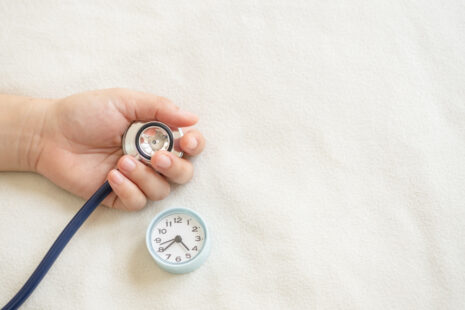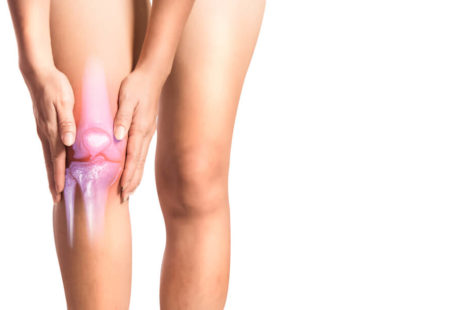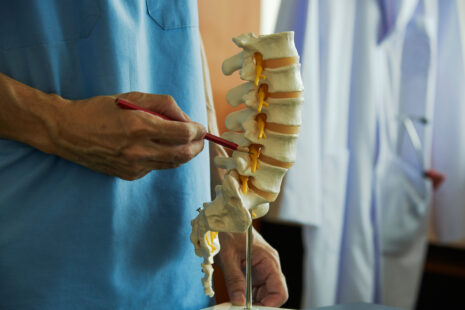The level of pain experienced during physical therapy after ACL (anterior cruciate ligament) reconstruction can vary widely among individuals and depends on factors such as the individual’s pain tolerance, the extent of the surgery, the presence of other knee injuries, and the specific rehabilitation protocol. While some people may experience minimal discomfort during physical therapy, others may find it more challenging and painful, especially in the early stages of rehabilitation.
Here are some factors that can influence the pain experience during physical therapy after ACL reconstruction…
- Surgical Technique – The method used for ACL reconstruction (e.g., autograft vs. allograft, arthroscopic vs. open surgery) can impact postoperative pain levels. Generally, arthroscopic ACL reconstruction techniques tend to result in less pain and faster recovery compared to open surgical approaches.
- Early Postoperative Period – The first few days to weeks after ACL reconstruction surgery are typically associated with the most significant pain and discomfort. This period is characterized by swelling, bruising, and inflammation around the knee joint, which can contribute to pain during physical therapy sessions.
- Initial Mobilization and Range of Motion Exercises – The initial phase of physical therapy focuses on regaining knee mobility and range of motion, which may involve gentle stretching and mobilization exercises. These exercises can be uncomfortable, particularly if the knee is stiff or swollen.
- Strengthening Exercises – As rehabilitation progresses, physical therapy exercises often include strengthening exercises targeting the muscles surrounding the knee joint, such as the quadriceps, hamstrings, and calf muscles. These exercises may cause muscle soreness and discomfort, especially as intensity and resistance levels increase.
- Manual Therapy Techniques – Physical therapists may use hands-on techniques such as massage, joint mobilization, and soft tissue mobilization to alleviate pain and improve mobility in the knee joint. While these techniques can be effective for reducing pain, they may temporarily increase discomfort during treatment sessions.
- Progressive Loading and Functional Activities – As rehabilitation advances, physical therapy may include activities aimed at improving balance, proprioception, and functional strength. These activities may involve higher levels of intensity and impact, which can cause increased pain and fatigue.
- Individual Pain Tolerance and Psychological Factors – Pain perception is subjective and influenced by psychological factors such as fear, anxiety, and expectations. Individuals with higher pain tolerance or a positive mindset may perceive physical therapy as less painful compared to those who experience higher levels of anxiety or fear of movement.
It’s important for individuals undergoing ACL reconstruction rehabilitation to communicate openly with their physical therapist about their pain levels and discomfort during treatment sessions. Physical therapists can adjust treatment techniques, exercises, and progression based on individual needs and responses to help manage pain effectively while promoting safe and efficient recovery. Following prescribed pain management strategies, such as medication, ice therapy, and rest, can help alleviate pain and discomfort during the rehabilitation process.



